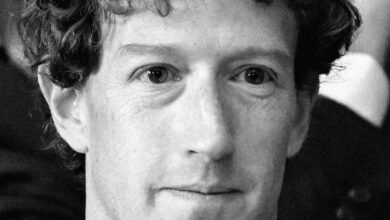China Expert Answers Your Top Tech Support Questions

▼ Summary
– Political scientist Michael Beckley discusses modern China in a WIRED interview.
– The interview addresses when the history of modern China began.
– Beckley explores common misconceptions Westerners have about China.
– The conversation includes analysis of the U.S.-China trade war.
– The focus is on answering internet users’ pressing questions about China.
Understanding modern China requires cutting through misconceptions and examining its complex evolution. Political analyst Michael Beckley recently addressed pressing questions about China’s technological and economic landscape in an exclusive discussion. His insights shed light on often misunderstood aspects of the country’s development and its global interactions.
One key question explored was the starting point of contemporary Chinese history. Beckley suggests the late 1970s mark a critical turning point, when economic reforms initiated under Deng Xiaoping shifted the nation toward market-oriented policies. This period laid the foundation for China’s rapid industrialization and emergence as a manufacturing powerhouse.
Western perspectives frequently misjudge China’s technological capabilities, according to Beckley. Many observers either overestimate China’s innovation capacity or underestimate its strategic patience in long-term development. The country has made significant strides in areas like telecommunications and renewable energy, though core technologies still often rely on foreign inputs.
The ongoing economic tensions between Washington and Beijing present another area of confusion. Beckley notes trade imbalances tell only part of the story, with both nations experiencing wins and losses across different sectors. While American consumers benefit from affordable Chinese goods, certain U.S. industries face stiff competition. Meanwhile, China confronts challenges in moving up the value chain while maintaining export volumes.
Technological competition forms a crucial battleground in this relationship. Beckley highlights how export controls and investment restrictions have reshaped global supply chains, forcing both countries to adapt. Chinese firms have accelerated domestic chip development, while U.S. companies navigate new restrictions on technology transfers.
Understanding these dynamics helps explain why simplistic narratives about China often fall short. The country’s development path combines state direction with entrepreneurial energy, creating a unique economic model that continues to evolve. As global tensions persist, grasping these nuances becomes increasingly important for businesses and policymakers alike.
(Source: Wired)




